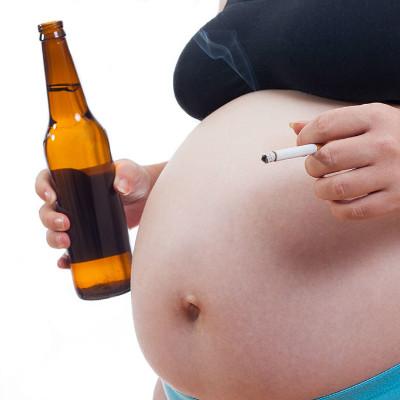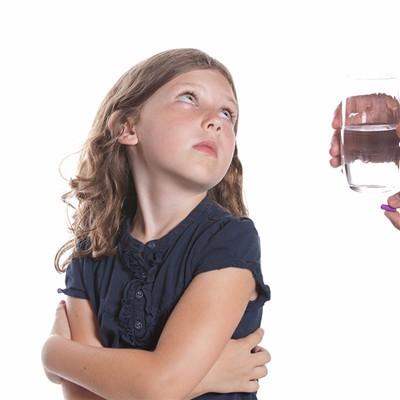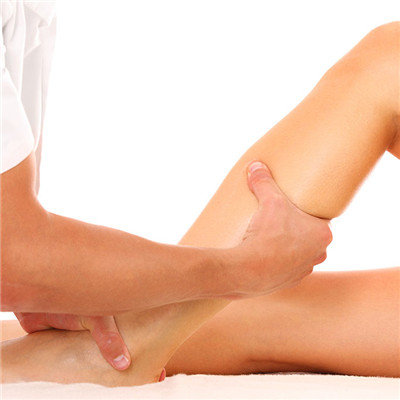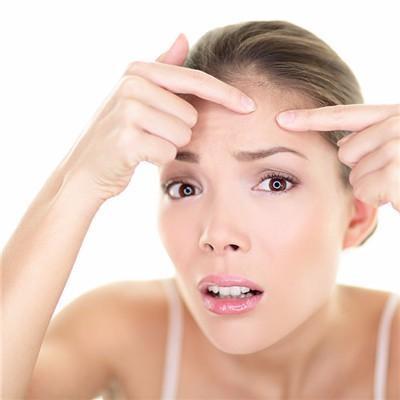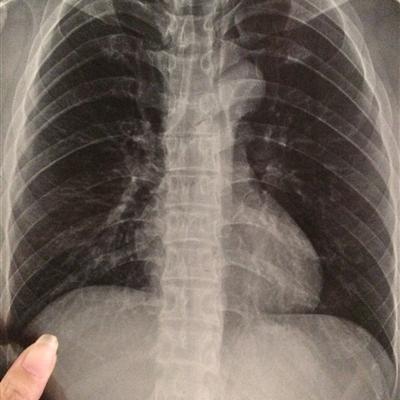Early symptoms of osteoporosis?
summary
When the elderly suffer from osteoporosis, they usually have a strong sense of pain, which has a great impact on the life of many elderly people. In fact, if we can understand the early symptoms of osteoporosis, then we can treat osteoporosis as soon as possible. Let's take a look at its early symptoms!
Early symptoms of osteoporosis?
Shortening of body length and hunchback are important clinical manifestations of senile osteoporosis, which often appear after pain. The anterior part of the vertebral body is almost composed of cancellous bone, and this part is the pillar of the body, with heavy load, especially the 11th and 12th thoracic vertebrae and the third lumbar vertebrae, which have greater load and are easy to compress and deform, making the spine forward, aggravating the back curvature and forming a hunchback. With the increase of age, osteoporosis worsened, and the curvature of the hunchback increased, resulting in significant contracture of the knee joint. There are 24 vertebrae in each normal person, and the height of each vertebrae is about 2cm. When osteoporosis occurs in the elderly, the vertebral body is compressed, and the average length of the vertebral body is shortened by 3-6cm for every 2mm.
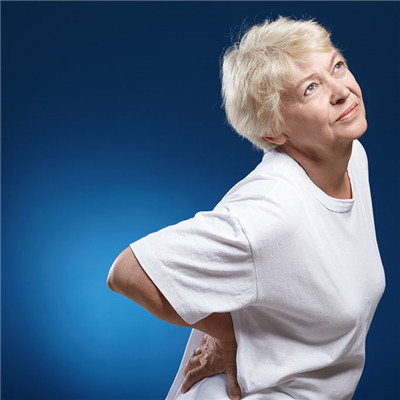
The most common symptom of senile osteoporosis is low back pain. The pain spread to both sides of the spine. The pain was alleviated when lying on the back or sitting position. The pain was aggravated when standing up and stretching, standing up for a long time or sitting for a long time. The pain was mild during the day. It was aggravated when waking up at night and in the morning. It was aggravated when bending, muscle movement, coughing and defecating.
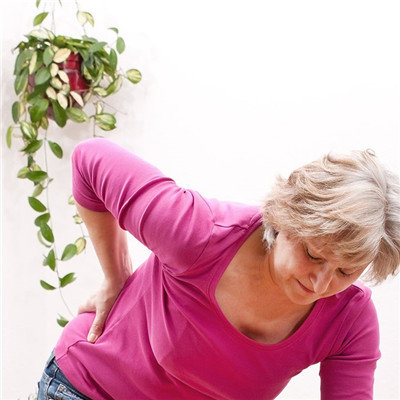
Decreased respiratory function, thoracolumbar compression fractures, kyphosis and thoracic deformity can significantly reduce vital capacity and maximum ventilation capacity. Most of the elderly have varying degrees of emphysema, lung function with age and decline, if combined with osteoporosis caused by thoracic deformity, patients often appear chest tightness, shortness of breath, dyspnea and other symptoms.
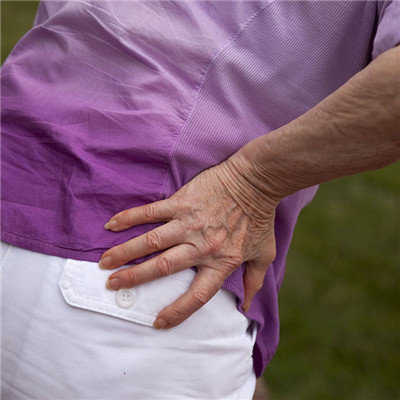
matters needing attention
Exercise can enhance the strength and quantity of bone. The risk of severe osteoporosis and even spontaneous fracture is far greater than that of regular exercise. Therefore, people should form the habit of loving sports from adolescence to old age, and still arrange suitable exercise programs according to their physical conditions, no less than three days a week, which will help to prevent osteoporosis and reduce the incidence of severe osteoporosis.

